81% of businesses rely on email marketing to bring in customers. There is no such thing as the perfect email strategy. But it is essential to consider the user's thought process at every stage of the buyer journey. What are they looking for? And how can you help them? We help you create the perfect email per phase.
An email funnel is an automated email campaign or series of emails that guides your target audience through all stages of the buyer journey. Each email aims to bring your audience closer to the final stage. The stage where the desired action is taken, such as becoming a customer for example.
The funnel consists of four stages.
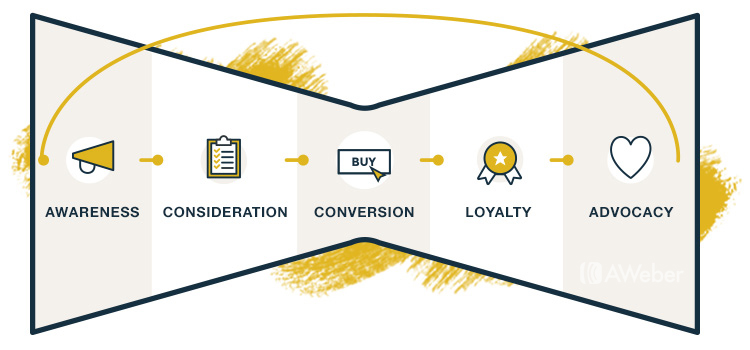
It is important that content differs for each phase. Your target audience needs different information at each stage. We will explain each phase:
Leads initially enter the buyer journey as unknown individuals. The first stage is very broad because it consists of a large network interested in your content. However, for many, this is the first time they have heard of your organization.
In the awareness phase, people are not yet ready to buy something or purchase a service. They are not waiting for an overflowing inbox with information about your products and services.
They are interested in a number of points, namely:
The awareness phase is the time to welcome your new leads and indicate what you can do for them. So make sure you communicate this appropriately and sufficiently during this phase.
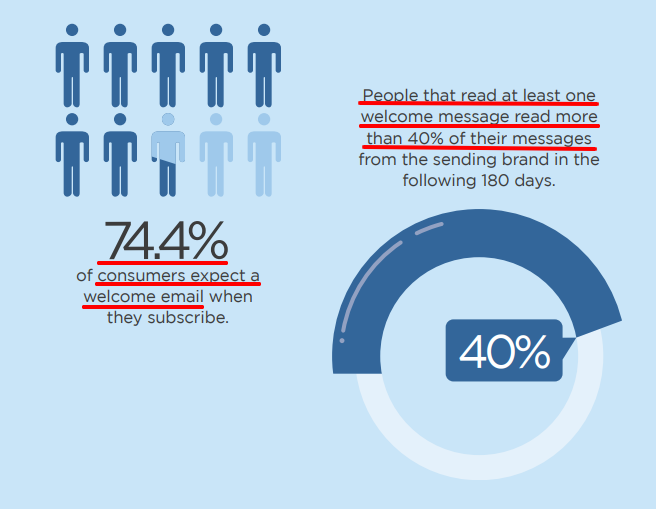
The goal behind the awareness phase is to turn leads into potential customers. However, there should be no budget in return. The leads are still at the beginning of the buyer journey and therefore are not yet willing to pay. This phase is all about getting to know your organization.
To build a relationship you can offer a number of things:
Example Email Phase 1
Make sure your perfect email contains content that exudes empathy and is personal, humorous and informative. Sharing gifs works, too. As long as you don't give a sales pitch.
TIP: Make use of personas. This way you make your e-mail relevant to your target audience.
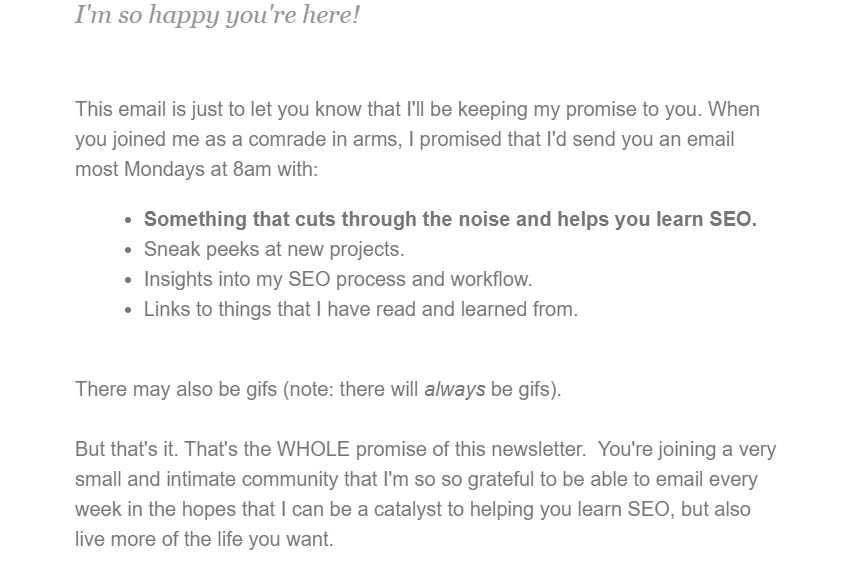
The above example highlights the benefits of joining the email list. It allows the leads to know where they stand. If they like this, they will not unsubscribe. If they do unsubscribe, then they weren't actually your target audience from the beginning ;).
To identify potential customers in the consideration phase, you can use audience segmentation and email automation. In this phase, potential customers are interested in your brand but still not ready to purchase anything.
To bring potential customers one step closer to the sale, you can again provide valuable content. But still avoid the sales pitch. Only when you have identified the potential customers, know their needs and pain points, can you introduce your solution and highlight the benefits to them.
Valuable and educational content helps convert potential customers into qualified leads willing to buy. For this, you can use case studies, webinars or higher-level resources such as a knowledge base or manual. And most importantly, don't forget the call-to-action at the end of your email!
Example email phase 2
A good example for an email in the consideration phase is an email with relevant and additional information. In this e-mail, you share high-quality information, such as a case study. You can also gently introduce your product or service here. These types of emails work because you don't make it a direct sales email, but you still generate interest.
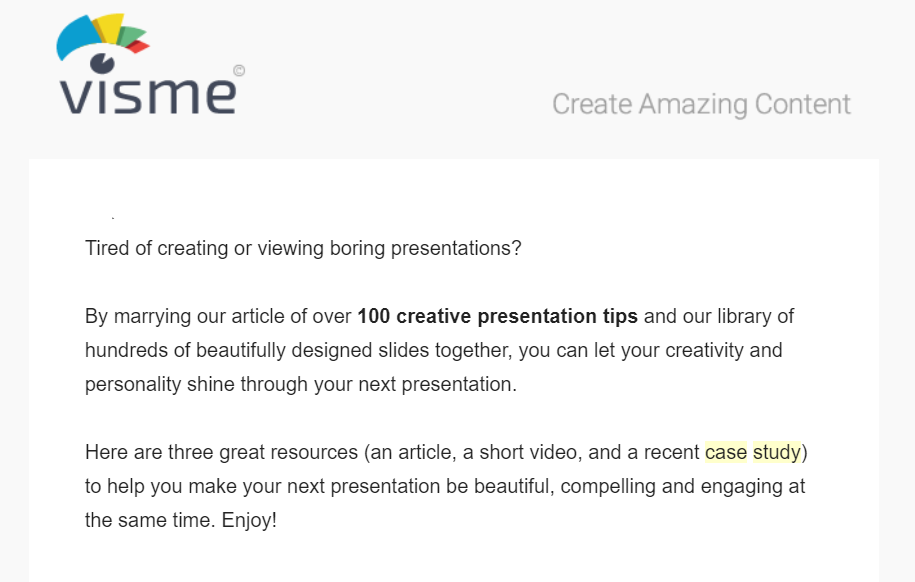
At this stage, qualified leads are ready to make a decision. They are currently reviewing all the pros and cons of your solution. 59% of consumers report that marketing emails influence their buying decision.
It is essential at this stage to use content to ensure that qualified leads want to purchase your solution and never want to be without it again. How you can go about this depends on your offer and needs of the lead. Every email in this phase should contain an offer relevant to the lead.
At this stage, you have already built a relationship with your leads. The leads know who you are and what you have to offer them. The leads are sales-ready. The emails you send in this phase are the last push the lead needs to make a sale. Make sure you get them excited and offer valuable content in your email, such as:
Example email phase 3
A good example for an e-mail at this stage is the e-mail below. They use their email for premium offers. Here they mention interesting statistics about their product to show what the recipient is missing out on if they do not purchase the product.
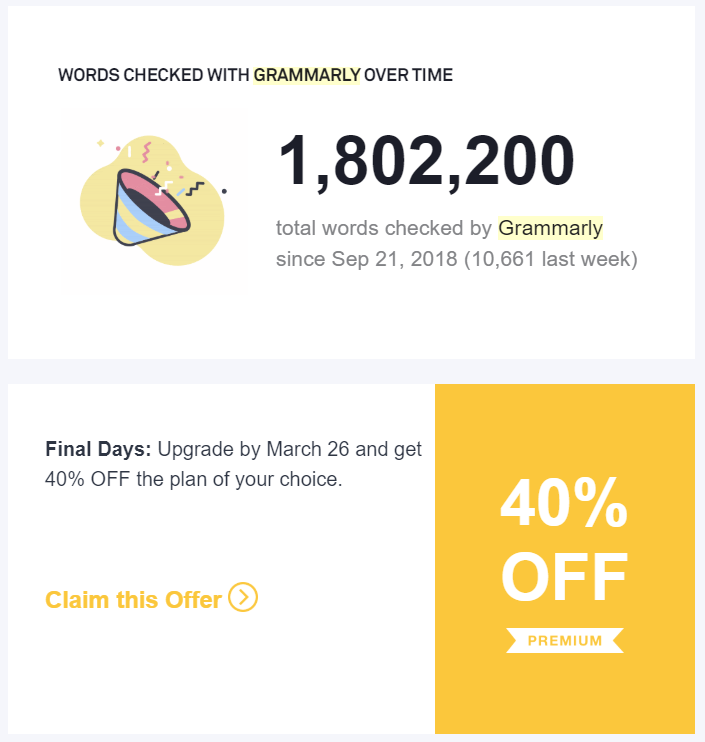
In the advocacy phase, you make sure your customers' interests are represented. After all, customers are the ones who keep your business afloat. Therefore, cherish every purchase and think about how you will preserve the relationship with this customer.
It takes up to 6-7 times more time to acquire new customers than it does to retain your existing ones.
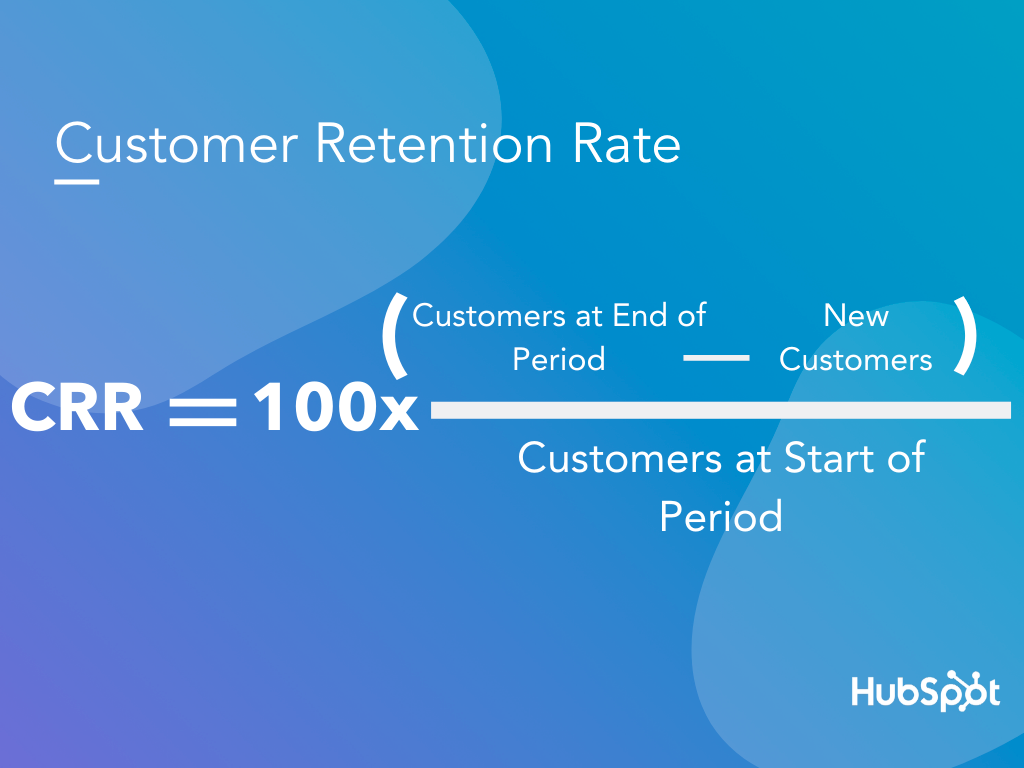
So you need repeat customers. On average, 65% of sales is generated by existing customers. Don't stop sharing valuable content once someone has become a customer. Right now it is even more important to provide your customers with it. To keep them engaged.
You can offer your clients the following:
You can also share reviews as valuable content. After all, customers are the ones who can share honest information about your business. 88% of consumers trust the opinions of friends or family about a company and product. By posting reviews on your website, your target audience will gain confidence in your company.
In this phase you can use:
Example email phase 4
An email at this stage suggests an upsell that connects to their previous purchase from you. Pour this into a nice package and you'll have a faster chance of an upsell.
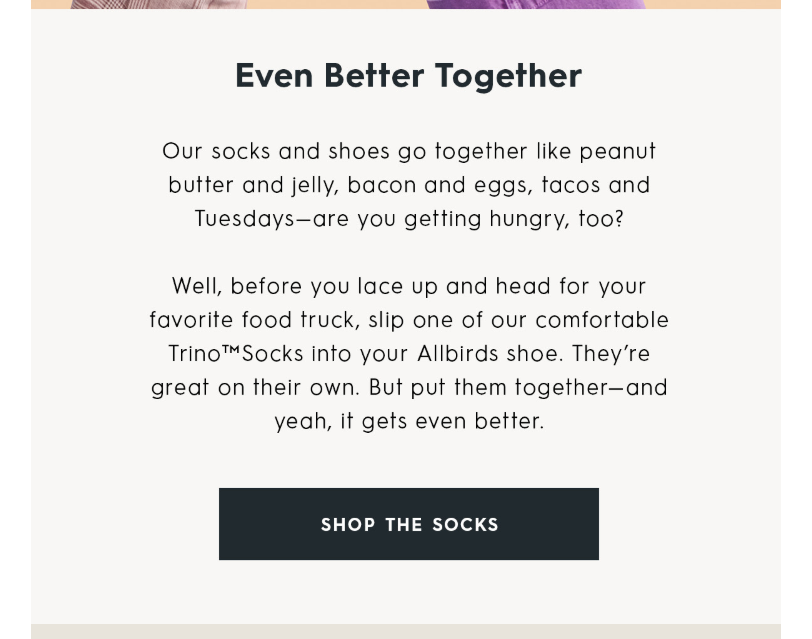
Creating the perfect email is not easy. This is because of the different stages in the buyer journey. When you put the effort into this, you will see that it can do wonders for your business.
At schurq. we use SharpSpring. This is a marketing automation software that ensures you send the right message, at the right time, to the right person. Completely automatically.
Have questions about creating the perfect email at any stage of the buyer journey or want to learn more about SharpSpring?
Contact contact with us!
